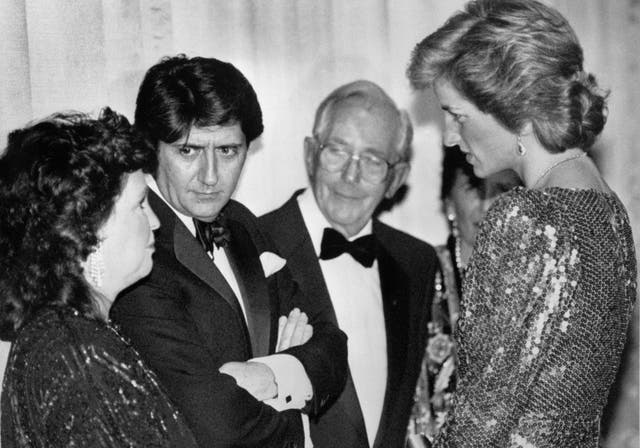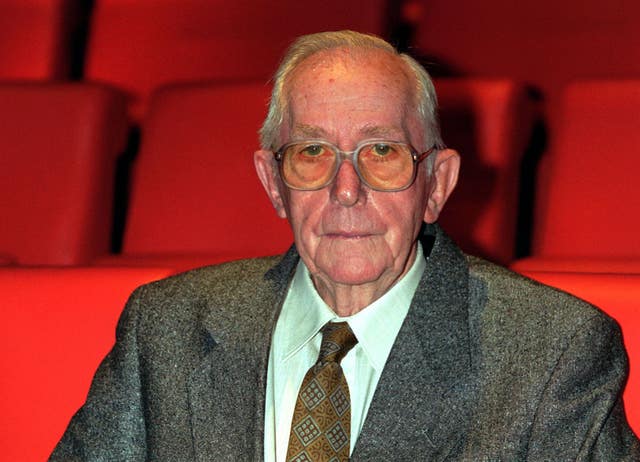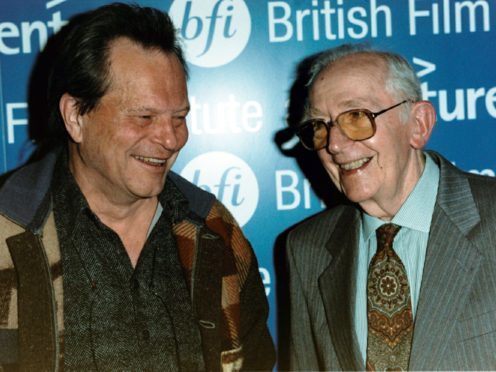Lewis Gilbert was one of the film industry’s special people.
His great talent as a film director was enjoyed by millions worldwide while he was admired and respected both as a person and for his work by his professional peers.
A quiet man by nature, he avoided the limelight, content to see the almost unremitting success of his films, which read like a catalogue of landmarks in British film history.
In a career that spanned more than half a century he received numerous awards, the most recent in 1990 when he won a special Bafta award for Shirley Valentine and, in 1992, a special award for services to entertainment from the Variety Club of Great Britain.

Born in Hackney, London in 1920, Lewis Gilbert was determined from childhood that he would become an integral part of the film world.
A child actor, he made his debut in films at the age of 13 in a Victor McLaglen epic, Dick Turpin.
McLaglen wanted to take him to Hollywood but his father and mother refused to let him go.
It was another four years before he got another chance to get into films.
The war had started and when he joined the RAF he became friends with American director William Keighley, who made him his assistant director.
Together they made Target For Today and other documentaries.
Keighley was also keen to take Gilbert back to Hollywood, but this time Gilbert himself refused as it was still wartime.

In 1944 he was back on civvy street and he joined the GB Instructional film unit, for which he wrote and directed.
He made a series of documentary films for GBI such as Sailors Do Care and Arctic Harvest and became a producer and director for International Realist, work which brought him numerous awards.
Meanwhile, as a complete contrast he directed The Little Ballerina between 1947 and 1948. It was the first of many box office winners.
From then until 1967 he was directing at least one film a year, sometimes two or three.
Among them were some of the best Second World War films, such as The Sea Shall Not Have Them in 1954, Reach For The Sky in 1956, Carve Her Name With Pride in 1957 and Sink the Bismarck! in 1960.
There were also British classics, including The Admirable Crichton, A Cry From The Streets and The Greengage Summer.
In 1966 he made Alfie, for which he won a nomination for Best Film of 1966 and which turned Michael Caine overnight into an international star.
The following year he directed the Bond film You Only Live Twice.
Gilbert continued to be in demand as a director but by the early 70s the film industry was beginning to move a little slower under financial constraints and not so many films were being made.
In 1976 Gilbert made the film Seven Nights in Japan which brought some raised eyebrows, as it based its hero Prince George, played by Michael York, on the then young and unmarried Prince of Wales and put the hypothesis of what might happen if the Queen’s eldest son fell in love with a Japanese girl and went absent without leave.
At the time Gilbert said: “There must be terrific temptations for Charles and temptations too for people to use him.”
However, although the film was the first fictionalised plot about a living member of the royal family presented in that way, it was considered a good love story made with Gilbert’s flair for balance.
There followed two more Bond movies, The Spy Who Loved Me and Moonraker, and then in 1983 he made the highly acclaimed Educating Rita.
Once again Gilbert was working with Michael Caine but on that occasion it was Julie Walters he brought to international stardom.
He said that in the same way that Caine was the quintessential Alfie, Julie Walters was a true-to-character Rita, and both had retained a street-wise charm.
British director, producer and screenwriter Lewis Gilbert has passed away at the age of 97. Gilbert directed three Bond films; YOU ONLY LIVE TWICE (1967), THE SPY WHO LOVED ME (1977) and MOONRAKER (1979). Our thoughts are with his family at this sad time. pic.twitter.com/FtfipGrx58
— James Bond (@007) February 27, 2018
He brought home rave reviews again just six years later with Shirley Valentine as well as a Bafta award.
His private life remained well guarded from the public throughout his life, but he gave no air of aloofness and was regarded as engaging, energetic and extremely gifted by friends and colleagues.
He was awarded a CBE in 1997 before becoming a BFI fellow in 2001 for his outstanding contribution to British film.
Just a year later he reunited with Walters for his final film, Before You Go.
